|
0 Comments
To freshen up your technique and reengage your attention, try the following articulation and dynamic patterns. Remember technique is how musicians learn to control their instrument, build their interpretations, and execute beautifully.
1, Legato 2. Staccato 3. Legato in the right hand and staccato in the left. 4. Legato in the left hand and staccato in the right. 5. Crescendo to the middle and then diminuendo to the top. 6. Play one octave in quarter notes, then two octaves in 8ths, then three octaves in triplets, finally four octaves in 16th notes. 7. In contrary motion. This can be challenging when playing broken chords or arpeggios. 8. Scales played in formula patterns 9. Use a metronome, vary the tempo. 10. Play with your eyes closed! 11. Play with emotion. Check out last week's blog with Hilary Hahn for ideas. Jazz has been around for 120+ years. It has gone through many different periods: early jazz, swing, bebop, model, free and more. Now it is 2022, what now? The hoary old standards are wearing a bit thin, but just in time, and to the rescue, the next generation of meta-modern musicians has arrived. I'm in awe. Here is a small sample of performances that got "2 thumbs up" from my young teen jazz students this week.
I've used a simplified "lick" from a Wynton Kelly recording of Autumn Leaves. You may recognize it. Here is a method to integrate this, or any other "jazz lick" into your playing. First, play the lick as written, then write out the lick in the keys of C, Eb, F, G, Gb using the following steps. Materials needed:
Prerequisite knowledge required:
Steps:
Have fun. Playing your technique (scales, chords, and arpeggios) with emotion is an important part of learning to play well. These guys, with Hilary Hahn, will give you some fun pointers.
This exercise will work on any instrument. You should vary the tempo of the metronome as your skills increase. Counting aloud is imperative. No counting in your head or mumbling. Speak boldly and clearly as you play. The first two measures are counted only. You begin playing in measure three.
Good luck Learning tunes from a fake book is the hard way to go about things. Here is the Bill McBernie method of jazz practice in which you play by ear to multiple recordings. I could recall the basic outline of the tune "A foggy day" from playing it years ago. That helped. (If you don't know the tune, you must listen until you can sing along.) Below are the recordings and the order in which I played them. Some were played numerous times as I recalled more of the melody and figured out the key. The song was played in the keys of F, C, Eb, and Bb. I played along on vibes, not piano. I focused only on the melody . As the practicing progressed, I began to recall and understand the chords. Today I was playing it on the piano, from memory, with the chords. David
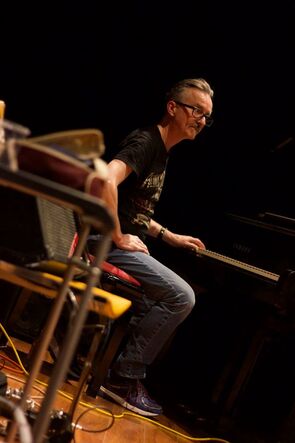 I started part-time teaching in 1982 and in 2007 I went full-time. That is a few generations of students that have passed through my studio. What have I learned?
If I can help you get started, call me. David Successful practice will mean different things on different days.
The first step is being clear on what you will practice. Then comes the how. No one can do everything in one practice session, so priorities must be set. If I can help you prioritize your practice; please call me. David Here is one profile of a successful student who thrives on boundaries, discipline, and competition.
Mei diligently practices the following activities:
If I can help your Mei; please give me a call. David |
You've got to learn your instrument. Then, you practice, practice, practice. And then, when you finally get up there on the bandstand, forget all that and just wail. AuthorI'm a professional pianist and music educator in West Toronto Ontario. I'm also a devoted percussionist and drum teacher. Categories
All
|
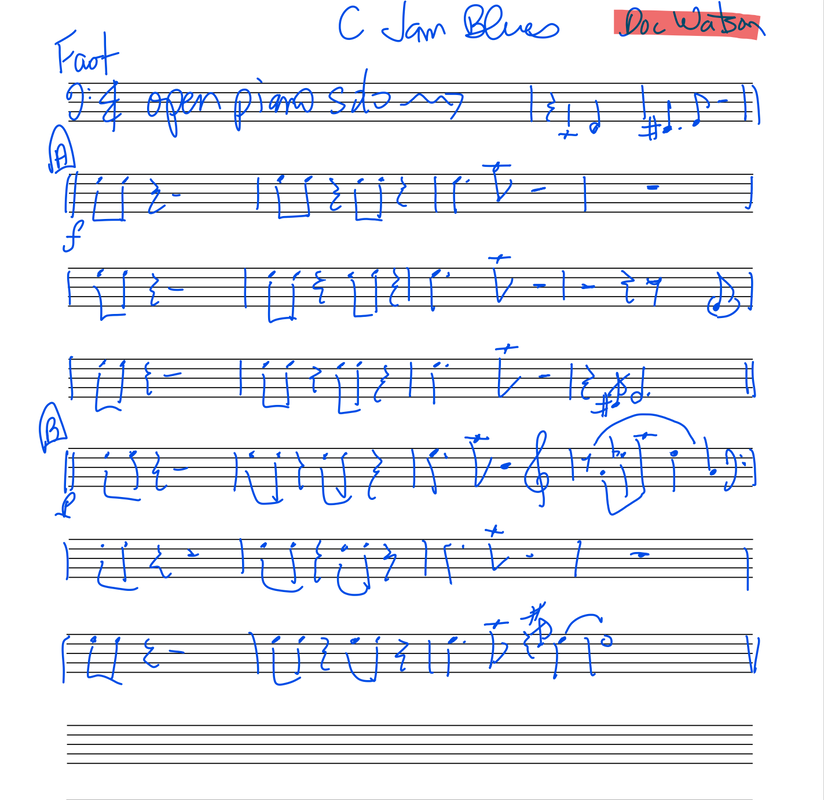
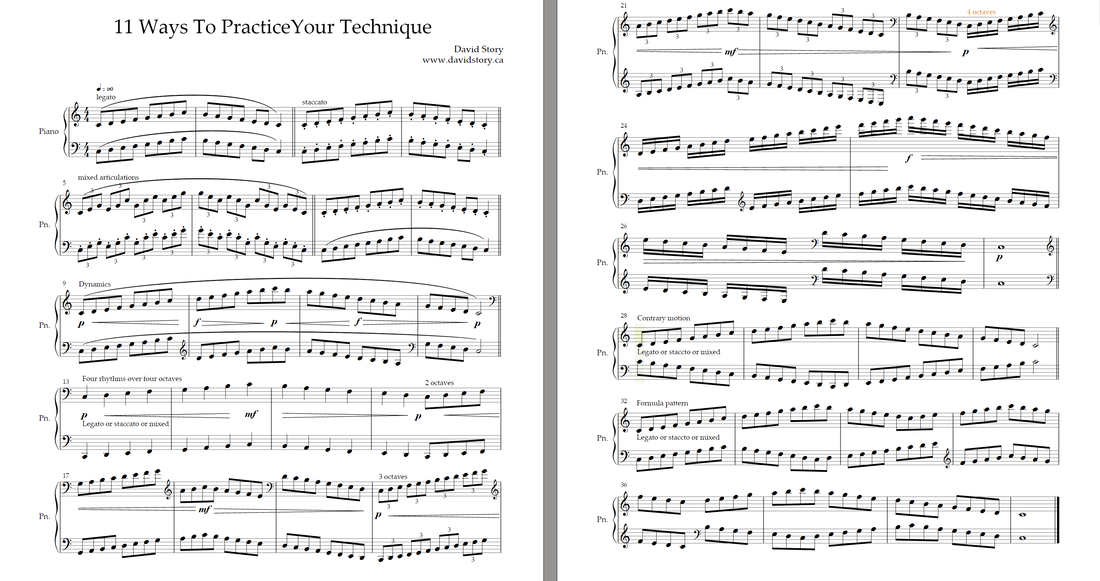
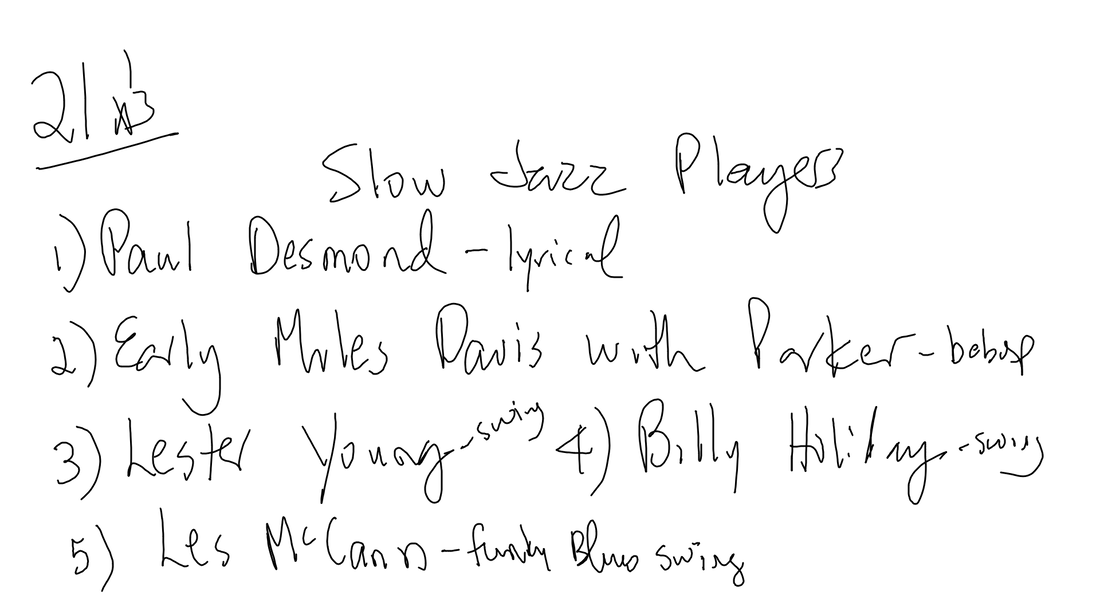
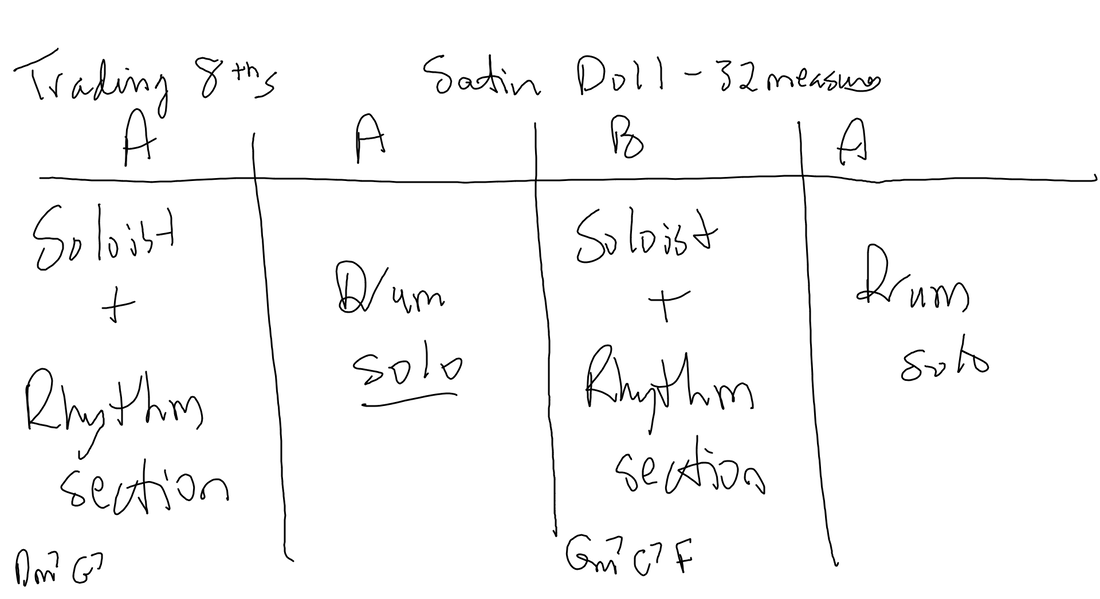
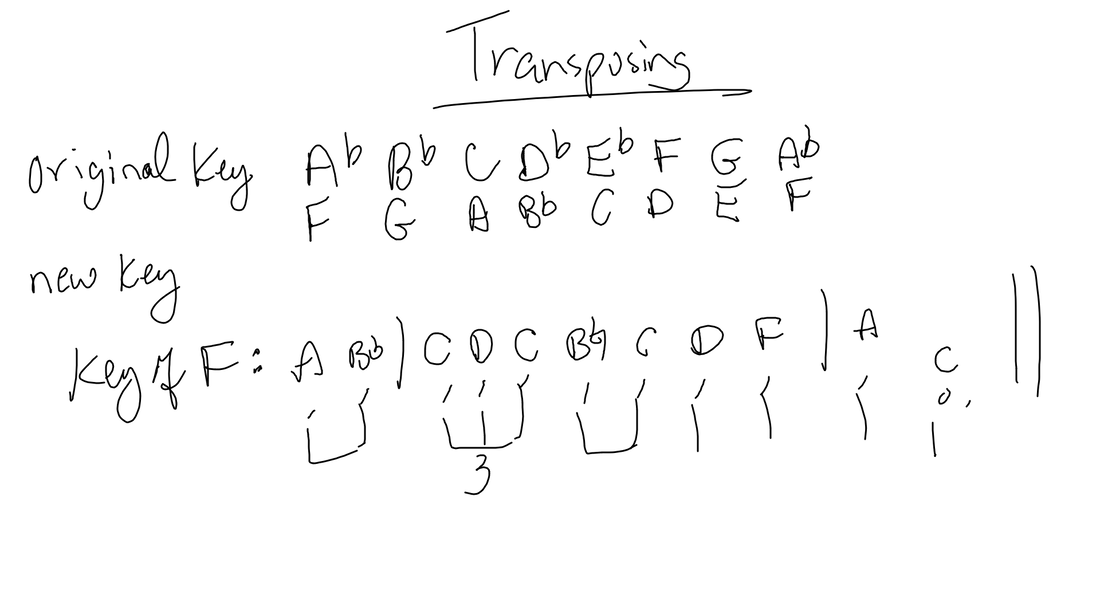
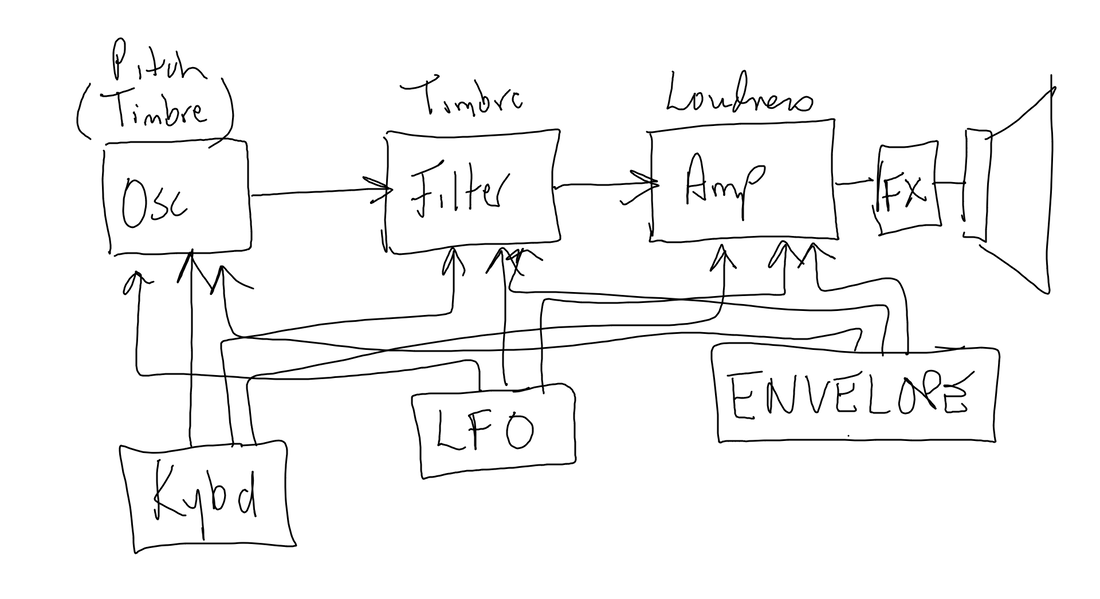

 RSS Feed
RSS Feed